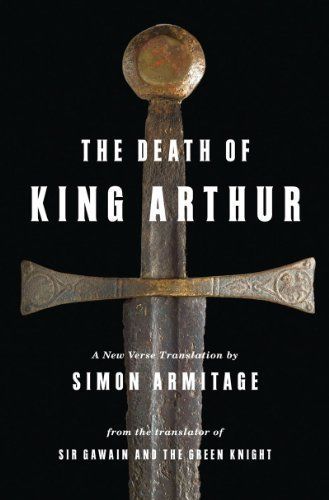
The Death of King Arthur
The Alliterative Morte Arthure - the title given to a four-thousand line poem written sometime around 1400 - was part of a medieval Arthurian revival which produced such masterpieces as Sir Gawain and the Green Knight and Sir Thomas Malory's prose Morte D'Arthur. Like Gawain, the Alliterative Morte Arthure is a unique manuscript (held in the library of Lincoln Cathedral) by an anonymous author, and written in alliterating lines which harked back to Anglo-Saxon poetic composition. Unlike Gawain, whose plot hinges around one moment of jaw-dropping magic, The Death of King Arthur deals in the cut-and-thrust of warfare and politics: the ever-topical matter of Britain's relationship with continental Europe, and of its military interests overseas. Simon Armitage is already the master of this alliterative music, as his earlier version of Sir Gawain and the Green Knight (2006) so resourcefully and exuberantly showed. His new translation restores a neglected masterpiece of story-telling, by bringing vividly to life its entirely medieval mix of ruthlessness and restraint.